Blog Detail
Table of Contents
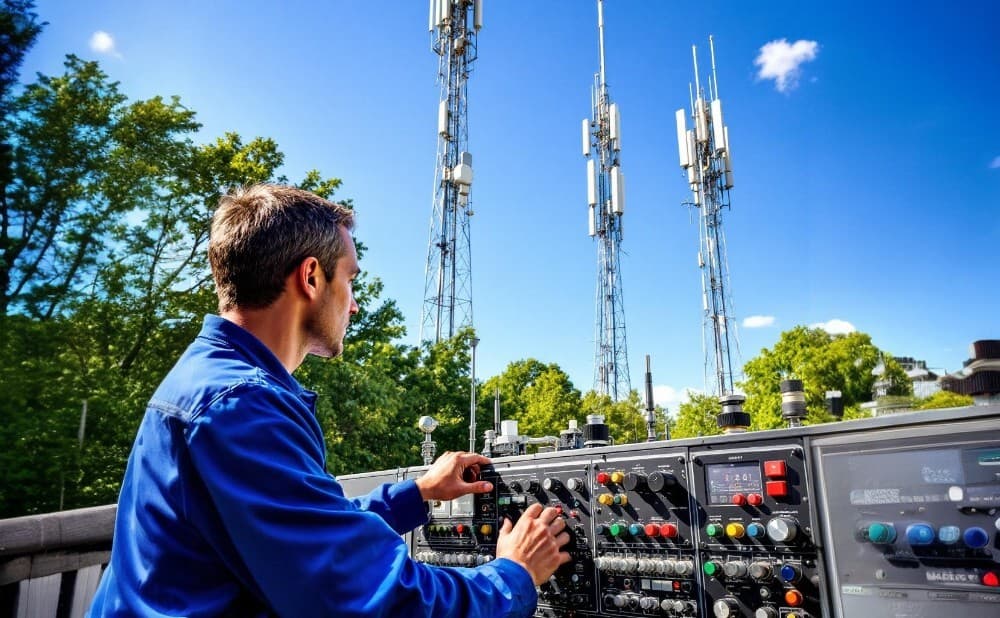
Transmitter
- Sophia
- Jul 16, 2025
- 0 Comments
A transmitter is a device that sends out signals, often in the form of radio waves, light pulses, or electrical signals. It takes an input signal, such as from a sensor, and converts it into a format suitable for transmission over a medium (wireless or wired). Transmitters are essential components in various technologies, including radio and television broadcasting, cell phones, and industrial process control.
Key Functions of Transmitters
Transmitters are responsible for converting input signals into a suitable format for transmission. These input signals can vary greatly, ranging from sensor data in industrial settings to audio signals for communication systems. Below, we break down the essential functions of transmitters:
1. Signal Conversion
At the heart of a transmitter’s function is its ability to convert signals. These input signals, which could be anything from audio, video, sensor readings, or other types of data, need to be converted into a format that can be transmitted effectively over a chosen medium. For example:
-
Audio signals: In a radio transmitter, audio signals from a microphone are converted into electrical signals.
-
Video signals: In television broadcasting, video signals are converted into a format suitable for television reception.
-
Sensor readings: Industrial transmitters often convert measurements from sensors (e.g., temperature, pressure, or flow) into electrical signals that can be transmitted to control systems.
The conversion process ensures that the original information is preserved and made suitable for transmission.
2. Modulation
Once the input signal is converted, the next step in the process is modulation. Modulation is the process of altering a carrier wave, which is a high-frequency signal, to carry the information of the original signal. This step is crucial for enabling the signal to travel over a distance.
There are various types of modulation, including:
-
Amplitude Modulation (AM): The amplitude of the carrier wave is varied in proportion to the input signal.
-
Frequency Modulation (FM): The frequency of the carrier wave is altered to carry the information.
-
Phase Modulation (PM): The phase of the carrier wave is changed based on the input signal.
Modulation ensures that the signal can be transmitted efficiently over a medium and received clearly at the destination.
3. Transmission
After modulation, the signal is transmitted through a medium. The medium can vary depending on the type of communication or control system:
-
Airwaves (for radio waves): In wireless communication systems like radios or televisions, the modulated signal is sent out through the air via antennas.
-
Fiber optic cables: In optical communication systems, such as high-speed internet connections, the modulated signal is converted into light pulses and sent through optical fibers.
-
Electrical wires: In wired communication or industrial control systems, the modulated signal travels through electrical wires or cables.
The transmission of these signals is the final stage of the transmitter's function, allowing information to be sent over various distances.
Examples of Transmitters
Transmitters are used in various applications, from broadcasting to industrial monitoring systems. Let’s explore a few examples of how they work in different fields:
1. Radio Transmitters
Radio transmitters have been around for over a century and are still a critical part of communication systems today. These transmitters are used in radio broadcasting to send out audio signals to receivers (radios) over long distances.
In a typical radio transmitter:
-
Audio signals (e.g., from a microphone) are fed into the transmitter.
-
The transmitter modulates these audio signals onto a high-frequency carrier wave (e.g., FM or AM).
-
The modulated signal is then sent out via an antenna, traveling through the airwaves to radios in the coverage area.
Radio transmitters are crucial in both traditional and modern broadcasting, as they allow for the free transmission of music, news, and entertainment over large areas.
2. Industrial Transmitters
In industries, transmitters are commonly used in process control systems to monitor and transmit data on various parameters such as pressure, temperature, flow rate, and level. These industrial transmitters collect data from sensors placed in machinery or systems, convert the data into electrical signals, and then transmit them to a central control system or operator interface for monitoring and decision-making.
For example, in a chemical plant:
-
Pressure and temperature sensors collect readings from the machinery.
-
These signals are transmitted by industrial transmitters to a central control unit, allowing operators to monitor the conditions in real-time.
-
If any value deviates from the set range, the system can trigger alarms or automated actions to maintain safety and efficiency.
Industrial transmitters ensure that critical parameters are continuously monitored, and they play a key role in maintaining safety and operational efficiency in many sectors.
3. Fiber Optic Transmitters
Fiber optic transmitters convert electrical signals into light pulses for transmission through optical fibers. These systems are crucial for high-speed internet connections and telecommunications. Fiber optics offer the advantage of sending data over long distances with minimal signal loss, making them ideal for communication systems.
In a fiber optic transmitter:
-
The electrical signal is converted into light using a laser diode or LED.
-
The light pulses travel through the fiber optic cables to the receiver, which converts the light back into an electrical signal.
Fiber optic transmitters are commonly used for high-speed internet, telecommunications, and cable television services, offering high data transmission rates with less interference compared to traditional copper wires.
4. Bluetooth Transmitters
Bluetooth transmitters allow for wireless communication between devices over short distances. These transmitters operate in the 2.4 GHz frequency band and use low power to send data between devices such as smartphones, speakers, and smartwatches.
A Bluetooth transmitter works as follows:
-
It encodes the data into a format that is suitable for transmission.
-
The signal is modulated and sent out through the air in short-range transmissions (usually up to 100 meters).
-
Bluetooth receivers (built into other devices) receive the signal and decode the data.
Bluetooth transmitters are used in countless devices, allowing for seamless and wireless connection in various applications, from audio streaming to data transfer.
In Essence: What Do Transmitters Do?
A transmitter’s core function is to take information, encode it, and send it out, effectively acting as the “sending” end of a communication or control system. These devices are crucial in virtually all aspects of modern communication and automation. They ensure that information can be transmitted reliably and efficiently, whether in radio waves, light pulses, or electrical signals.
The role of the transmitter varies across industries:
-
In broadcasting, it helps send audio or video signals over airwaves.
-
In industrial settings, it transmits sensor data to control systems.
-
In telecommunications, it enables high-speed data transfer through fiber optics or wireless connections.
-
In personal electronics, it ensures seamless wireless communication between devices.
Conclusion
Transmitter technology plays an indispensable role in modern communication, from traditional radio broadcasts to cutting-edge fiber-optic and wireless systems. As technology advances, transmitters continue to evolve, allowing for faster, more reliable, and more efficient communication systems across various industries. Whether for entertainment, industrial control, or personal connectivity, transmitters remain a key component in making the world more interconnected.
As the digital world continues to grow, understanding the inner workings of transmitters and their importance in communication systems can provide valuable insights into how information travels across the globe.

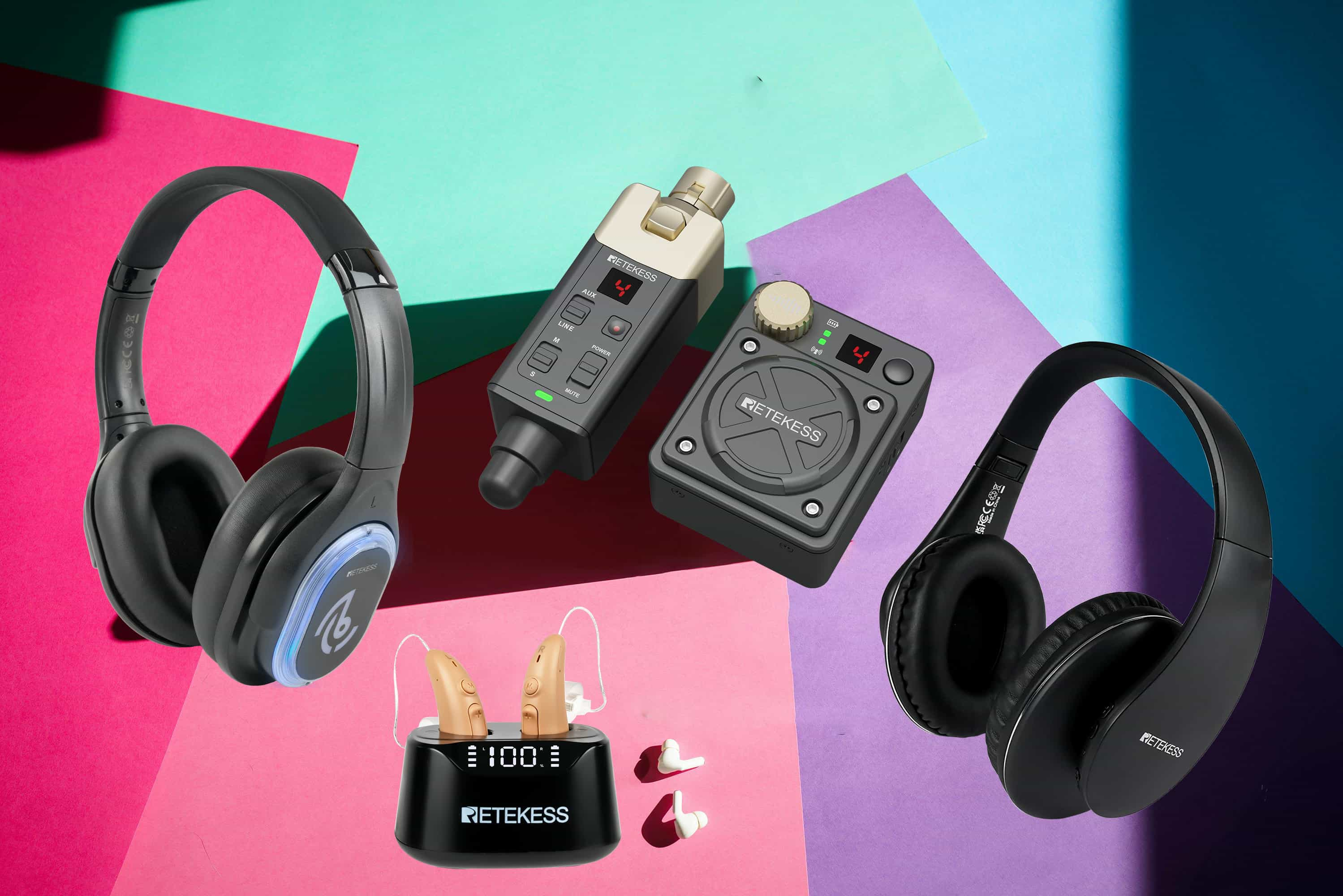
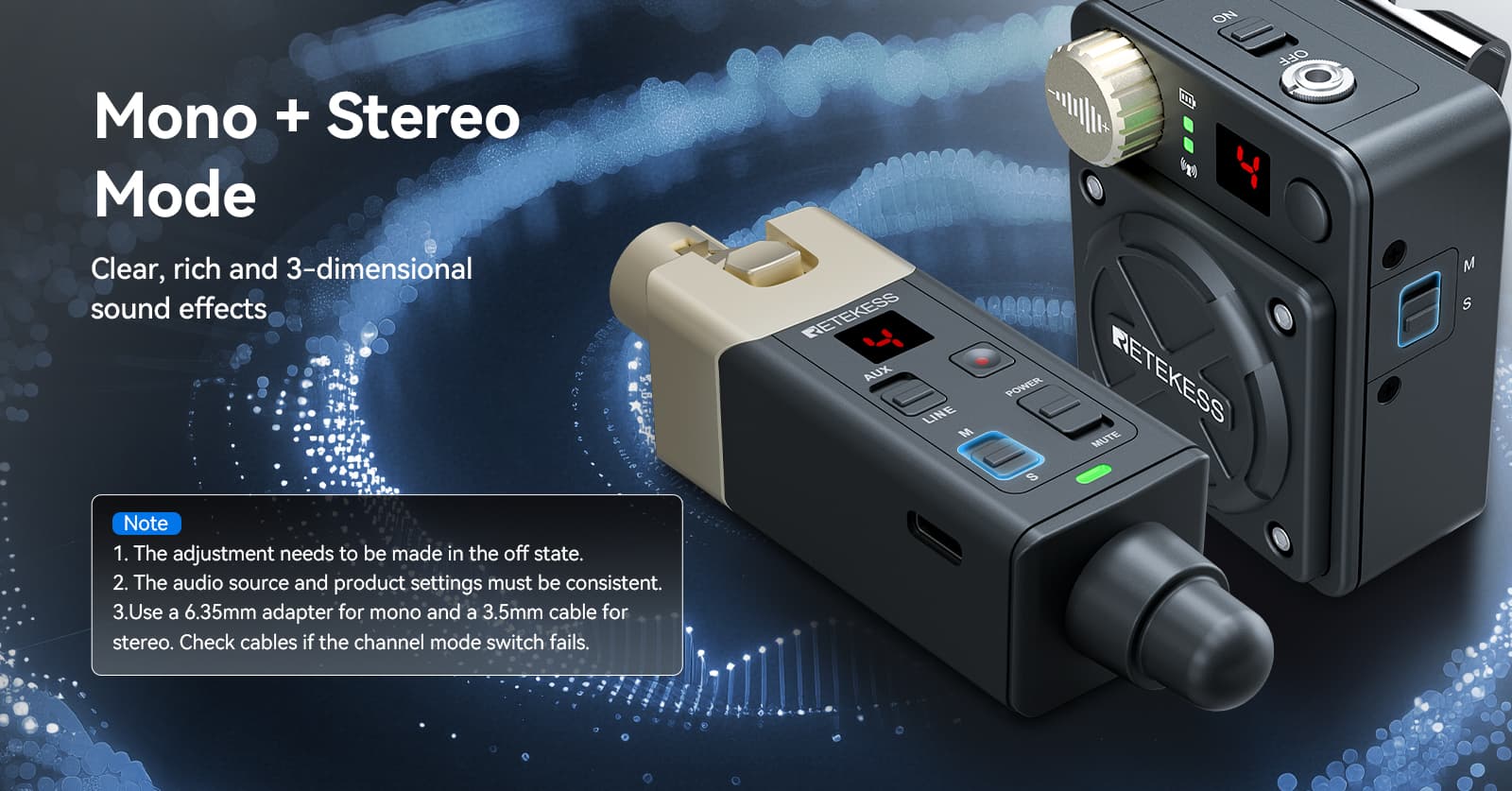


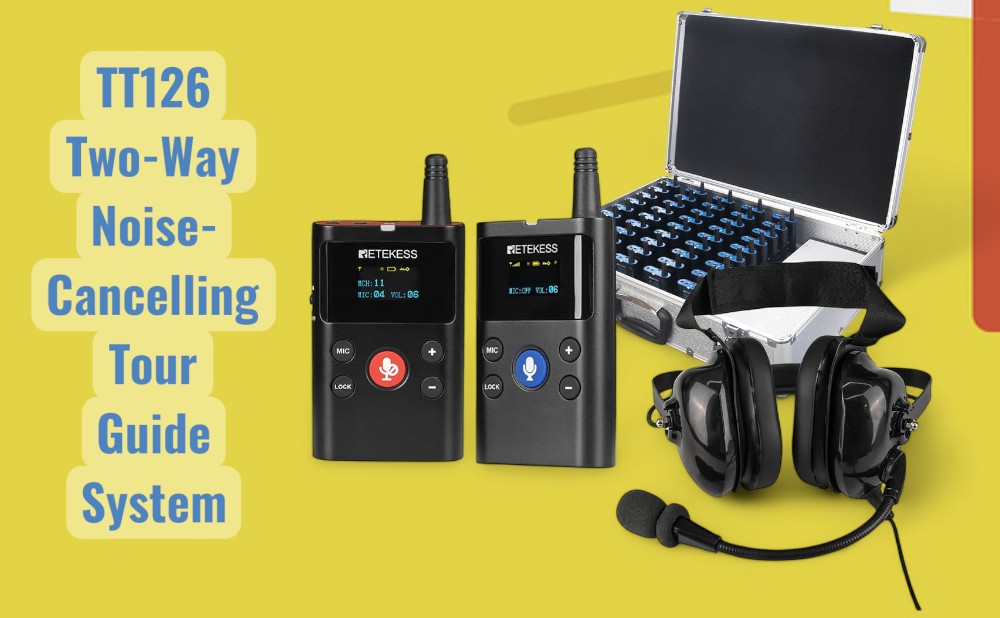
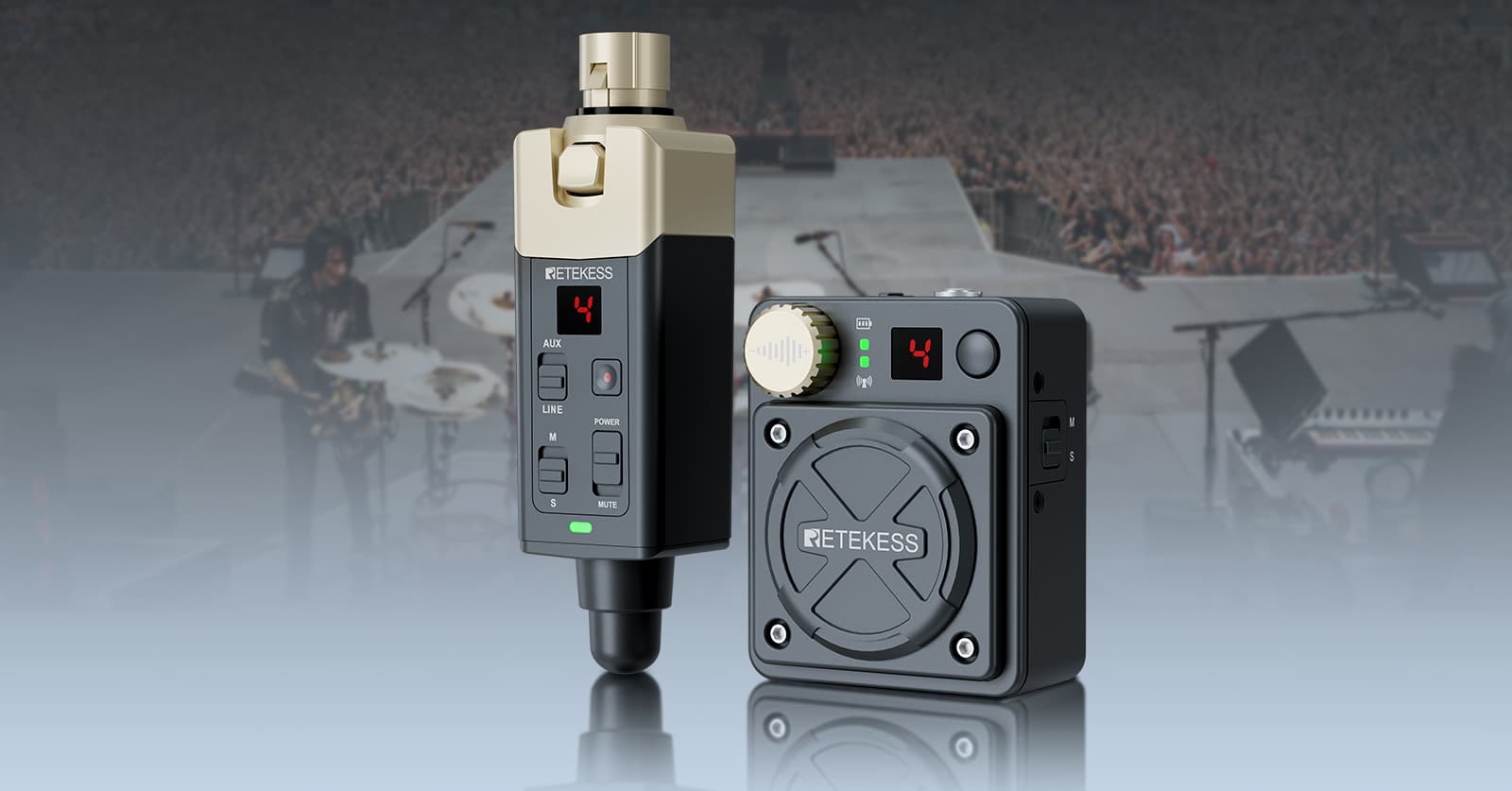



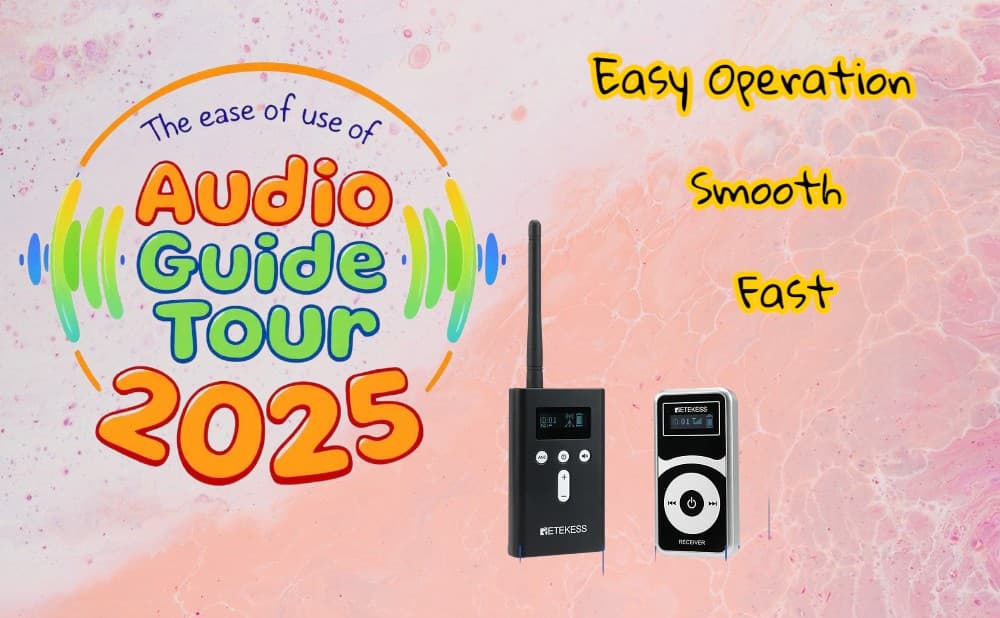
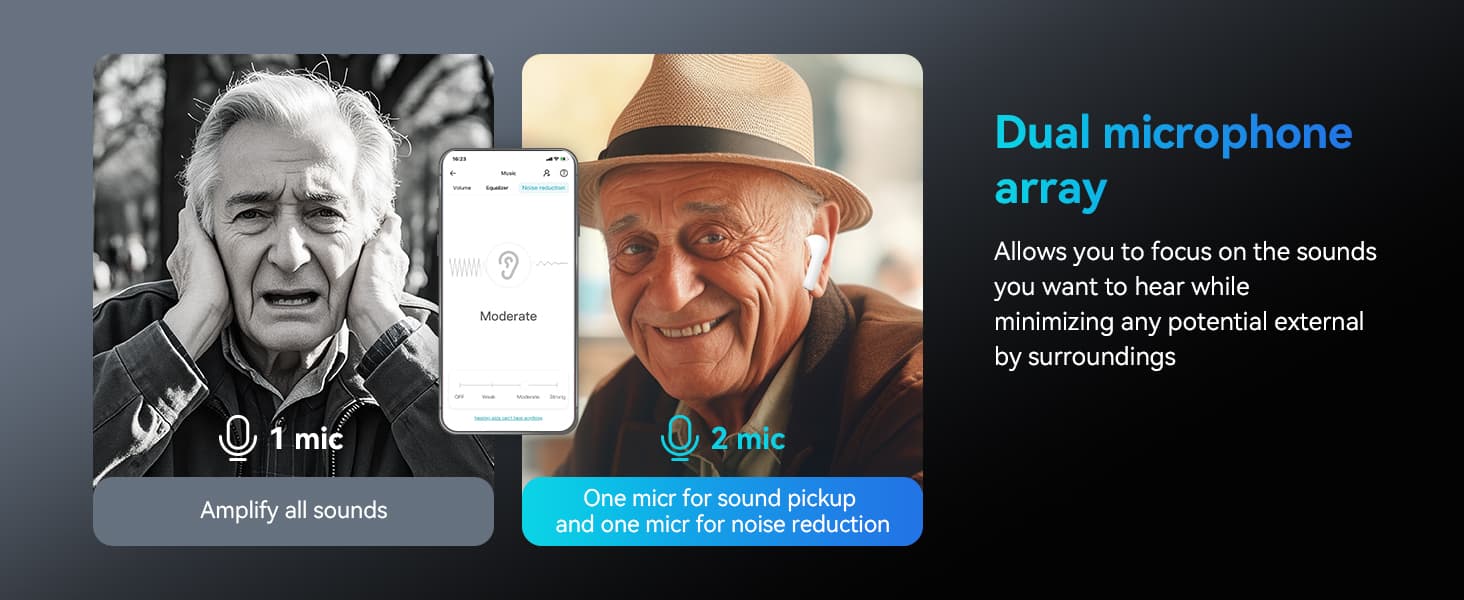
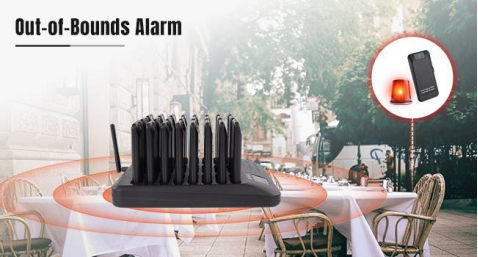


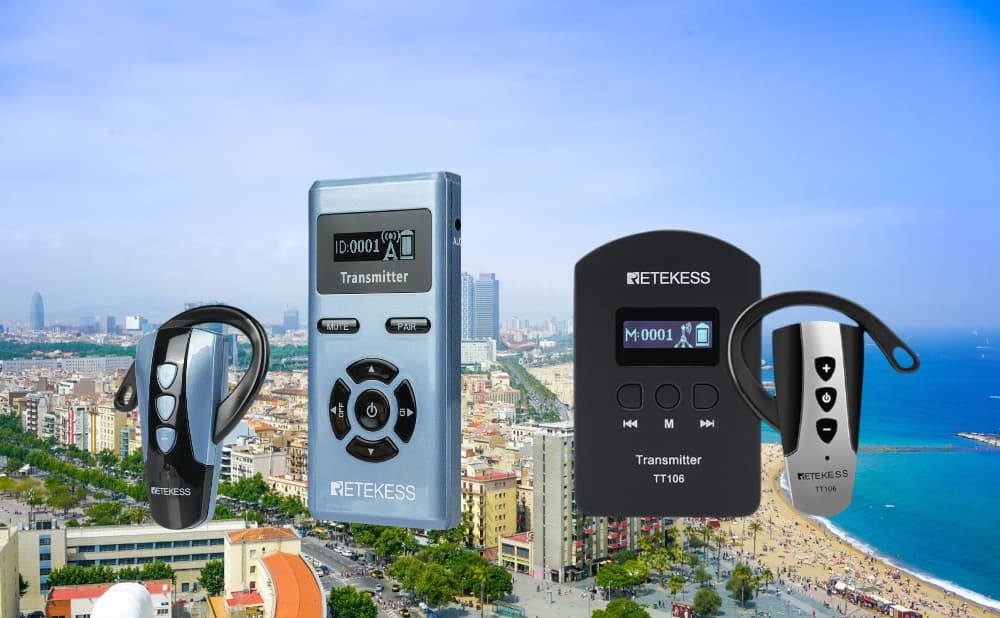
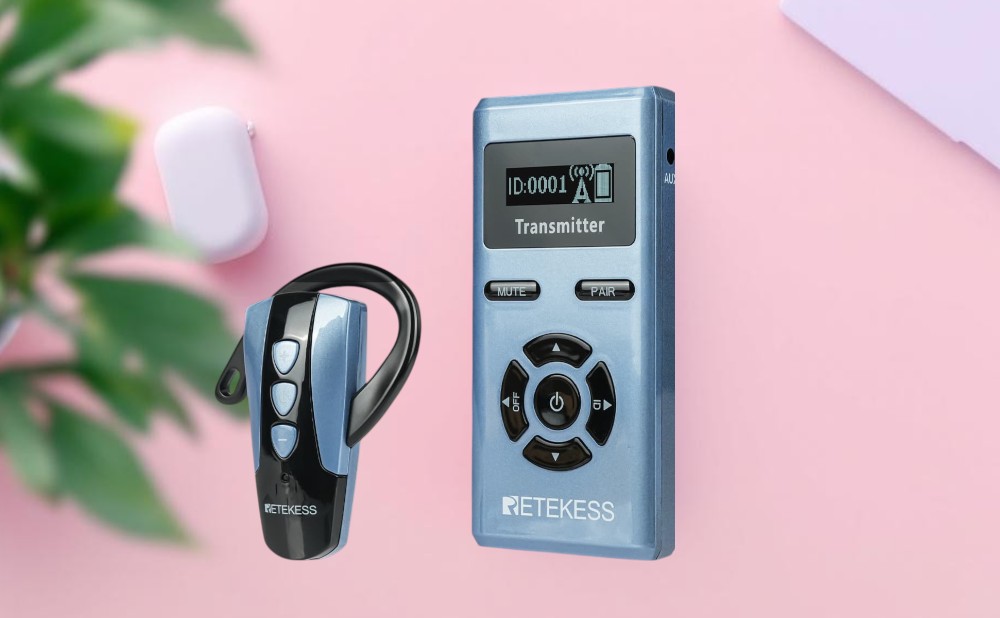
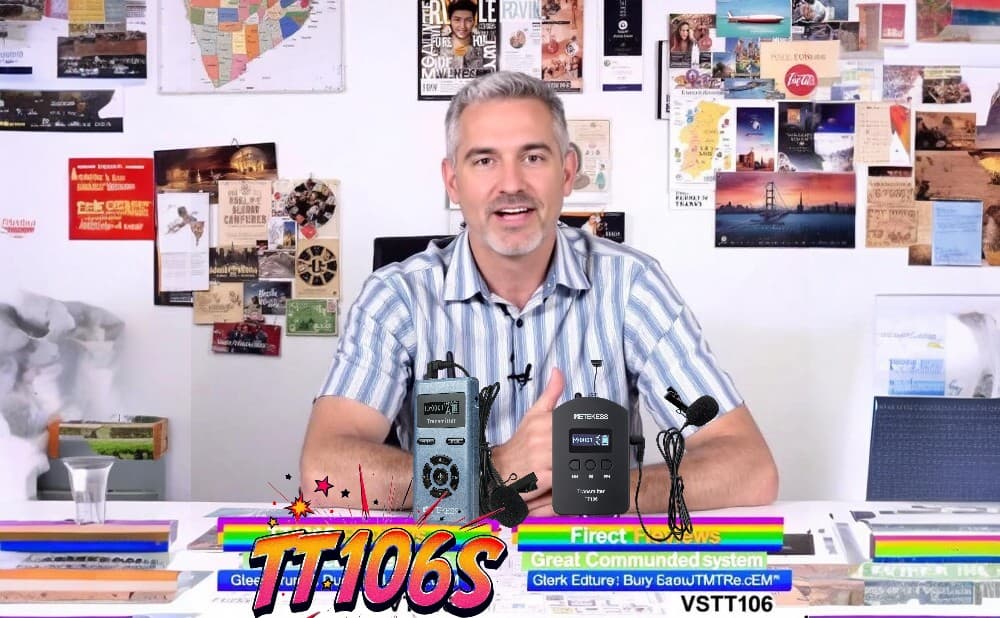




Comments (0)